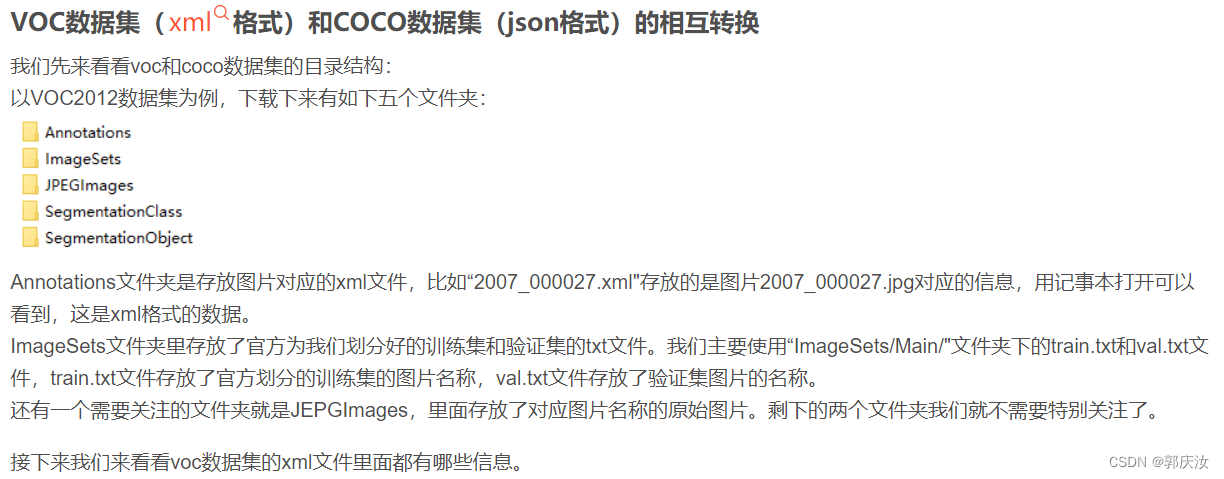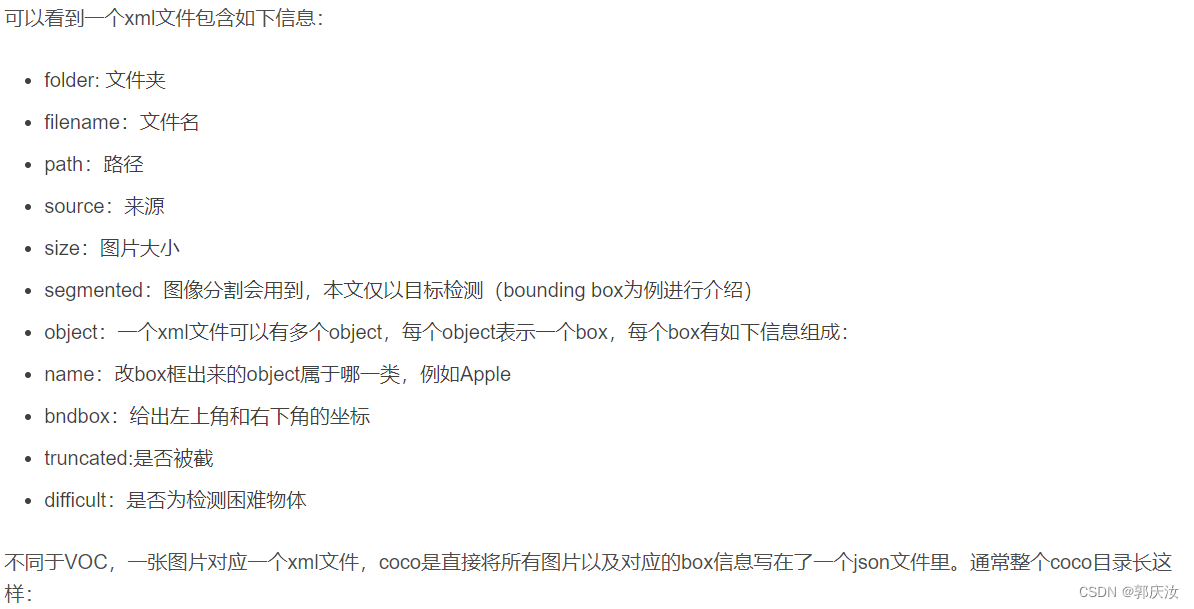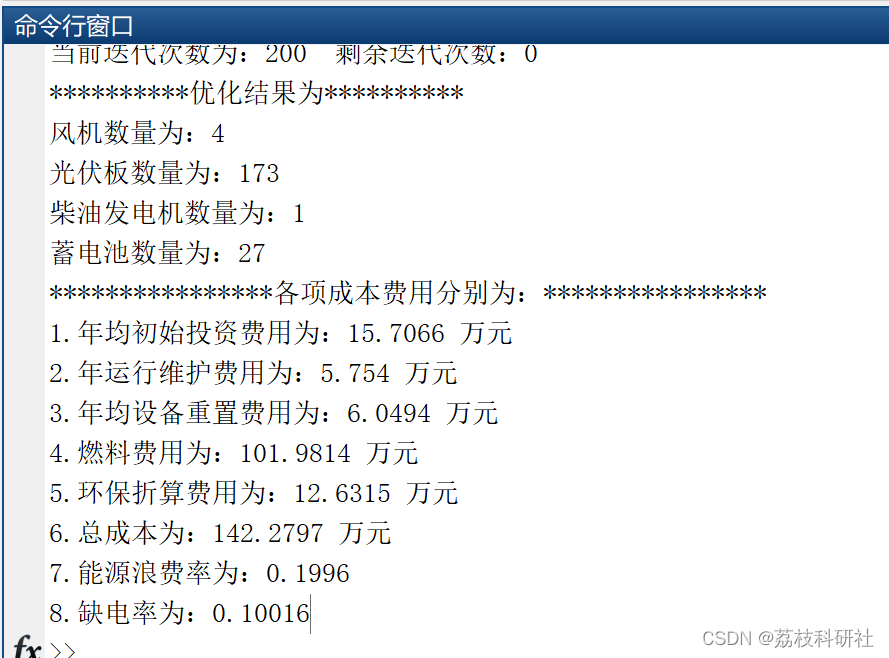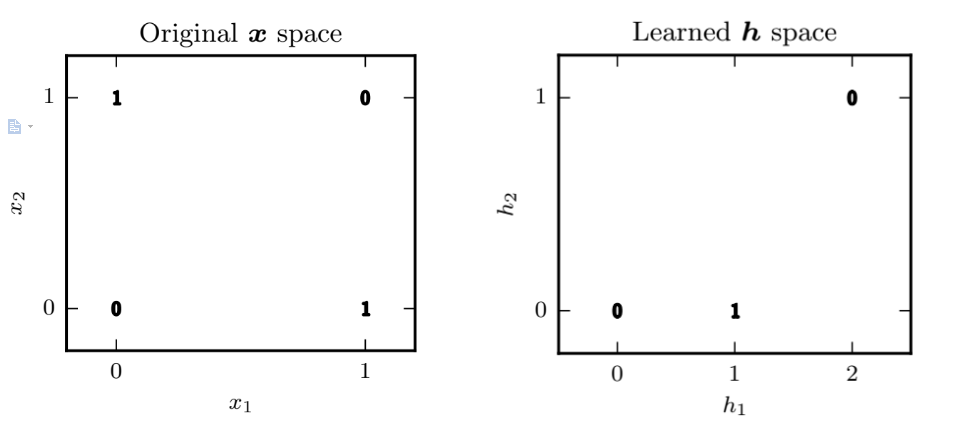实现VOC数据集与COCO数据集格式转换
- 2、将voc数据集的xml转化为coco数据集的json格式
- 2、COCO格式的json文件转化为VOC格式的xml文件
- 3、将 txt 文件转换为 Pascal VOC 的 XML 格式

<annotation><folder>文件夹目录</folder><filename>图片名.jpg</filename><path>path_to\at002eg001.jpg</path><source><database>Unknown</database></source><size><width>550</width><height>518</height><depth>3</depth></size><segmented>0</segmented><object><name>Apple</name><pose>Unspecified</pose><truncated>0</truncated><difficult>0</difficult><bndbox><xmin>292</xmin><ymin>218</ymin><xmax>410</xmax><ymax>331</ymax></bndbox></object><object>...</object>
</annotation>
coco
|______annotations # 存放标注信息
| |__train.json
| |__val.json
| |__test.json
|______trainset # 存放训练集图像
|______valset # 存放验证集图像
|______testset # 存放测试集图像一个标准的json文件包含如下信息:
{ "info" : info,"licenses" : [license],"images" : [image],"annotations" : [annataton],"categories" : [category]
}
(1)images字段列表元素的长度 = 划入训练集(或者测试集)的图片的数量;
(2)annotations字段列表元素的数量 = 训练集(或者测试集)中bounding box的数量;
(3)categories字段列表元素的数量 = 类别的数量
接下来我们看每个key对应的内容:
(1)info
info{
"year" : int, # 年份
"version" : str, # 版本
"description" : str, # 详细描述信息
"contributor" : str, # 作者
"url" : str, # 协议链接
"date_created" : datetime, # 生成日期
}(2)images
"images": [
{"id": 0, # int 图像id,可从0开始"file_name": "0.jpg", # str 文件名"width": 512, # int 图像的宽"height": 512, # int 图像的高"date_captured": "2020-04-14 01:45:07.508146", # datatime 获取日期"license": 1, # int 遵循哪个协议"coco_url": "", # str coco图片链接url"flickr_url": "" # str flick图片链接url
}](3)licenses
"licenses": [
{"id": 1, # int 协议id号 在images中遵循的license即1"name": null, # str 协议名 "url": null # str 协议链接
}]
(4)annotations
"annotations": [
{"id": 0, # int 图片中每个被标记物体的id编号"image_id": 0, # int 该物体所在图片的编号"category_id": 2, # int 被标记物体的类别id编号"iscrowd": 0, # 0 or 1 目标是否被遮盖,默认为0"area": 4095.9999999999986, # float 被检测物体的面积(64 * 64 = 4096)"bbox": [200.0, 416.0, 64.0, 64.0], # [x, y, width, height] 目标检测框的坐标信息"segmentation": [[200.0, 416.0, 264.0, 416.0, 264.0, 480.0, 200.0, 480.0]]
}]
(5)categories
"categories":[
{"id": 1, # int 类别id编号"name": "rectangle", # str 类别名字"supercategory": "None" # str 类别所属的大类,如卡车和轿车都属于机动车这个class
},
{"id": 2,"name": "circle", "supercategory": "None"}
]
2、将voc数据集的xml转化为coco数据集的json格式

# create_xml_list.py
import os
xml_list = os.listdir('C:/Users/user/Desktop/train')
with open('C:/Users/user/Desktop/xml_list.txt','a') as f:for i in xml_list:if i[-3:]=='xml':f.write(str(i)+'\n')

# voc2coco.py# pip install lxmlimport sys
import os
import json
import xml.etree.ElementTree as ETSTART_BOUNDING_BOX_ID = 1
PRE_DEFINE_CATEGORIES = {}
# If necessary, pre-define category and its id
# PRE_DEFINE_CATEGORIES = {"aeroplane": 1, "bicycle": 2, "bird": 3, "boat": 4,# "bottle":5, "bus": 6, "car": 7, "cat": 8, "chair": 9,# "cow": 10, "diningtable": 11, "dog": 12, "horse": 13,# "motorbike": 14, "person": 15, "pottedplant": 16,# "sheep": 17, "sofa": 18, "train": 19, "tvmonitor": 20}def get(root, name):vars = root.findall(name)return varsdef get_and_check(root, name, length):vars = root.findall(name)if len(vars) == 0:raise NotImplementedError('Can not find %s in %s.'%(name, root.tag))if length > 0 and len(vars) != length:raise NotImplementedError('The size of %s is supposed to be %d, but is %d.'%(name, length, len(vars)))if length == 1:vars = vars[0]return varsdef get_filename_as_int(filename):try:filename = os.path.splitext(filename)[0]return int(filename)except:raise NotImplementedError('Filename %s is supposed to be an integer.'%(filename))def convert(xml_list, xml_dir, json_file):list_fp = open(xml_list, 'r')json_dict = {"images":[], "type": "instances", "annotations": [],"categories": []}categories = PRE_DEFINE_CATEGORIESbnd_id = START_BOUNDING_BOX_IDfor line in list_fp:line = line.strip()print("Processing %s"%(line))xml_f = os.path.join(xml_dir, line)tree = ET.parse(xml_f)root = tree.getroot()path = get(root, 'path')if len(path) == 1:filename = os.path.basename(path[0].text)elif len(path) == 0:filename = get_and_check(root, 'filename', 1).textelse:raise NotImplementedError('%d paths found in %s'%(len(path), line))## The filename must be a numberimage_id = get_filename_as_int(filename)size = get_and_check(root, 'size', 1)width = int(get_and_check(size, 'width', 1).text)height = int(get_and_check(size, 'height', 1).text)image = {'file_name': filename, 'height': height, 'width': width,'id':image_id}json_dict['images'].append(image)## Cruuently we do not support segmentation# segmented = get_and_check(root, 'segmented', 1).text# assert segmented == '0'for obj in get(root, 'object'):category = get_and_check(obj, 'name', 1).textif category not in categories:new_id = len(categories)categories[category] = new_idcategory_id = categories[category]bndbox = get_and_check(obj, 'bndbox', 1)xmin = int(get_and_check(bndbox, 'xmin', 1).text) - 1ymin = int(get_and_check(bndbox, 'ymin', 1).text) - 1xmax = int(get_and_check(bndbox, 'xmax', 1).text)ymax = int(get_and_check(bndbox, 'ymax', 1).text)assert(xmax > xmin)assert(ymax > ymin)o_width = abs(xmax - xmin)o_height = abs(ymax - ymin)ann = {'area': o_width*o_height, 'iscrowd': 0, 'image_id':image_id, 'bbox':[xmin, ymin, o_width, o_height],'category_id': category_id, 'id': bnd_id, 'ignore': 0,'segmentation': []}json_dict['annotations'].append(ann)bnd_id = bnd_id + 1for cate, cid in categories.items():cat = {'supercategory': 'none', 'id': cid, 'name': cate}json_dict['categories'].append(cat)json_fp = open(json_file, 'w')json_str = json.dumps(json_dict)json_fp.write(json_str)json_fp.close()list_fp.close()if __name__ == '__main__':if len(sys.argv) <= 1:print('3 auguments are need.')print('Usage: %s XML_LIST.txt XML_DIR OUTPU_JSON.json'%(sys.argv[0]))exit(1)convert(sys.argv[1], sys.argv[2], sys.argv[3])

import os
img_dir='F:/Billboard/dataset/images/'
lab_dir='F:/Billboard/dataset/labels/'
name_list = os.listdir(img_dir)
for i,name in enumerate(name_list):os.rename(img_dir+name,img_dir+str(i)+'.jpg')os.rename(lab_dir+name[:-4]+'.txt',lab_dir+str(i)+'.txt')
xmin = int(float(get_and_check(bndbox, 'xmin', 1).text)) - 1
ymin = int(float(get_and_check(bndbox, 'ymin', 1).text)) - 1
xmax = int(float(get_and_check(bndbox, 'xmax', 1).text))
ymax = int(float(get_and_check(bndbox, 'ymax', 1).text))2、COCO格式的json文件转化为VOC格式的xml文件

# coco2voc.py# pip install pycocotools
import os
import time
import json
import pandas as pd
from tqdm import tqdm
from pycocotools.coco import COCO#json文件路径和用于存放xml文件的路径
anno = 'C:/Users/user/Desktop/val/instances_val2017.json'
xml_dir = 'C:/Users/user/Desktop/val/xml/'coco = COCO(anno) # 读文件
cats = coco.loadCats(coco.getCatIds()) # 这里loadCats就是coco提供的接口,获取类别# Create anno dir
dttm = time.strftime("%Y%m%d%H%M%S", time.localtime())def trans_id(category_id):names = []namesid = []for i in range(0, len(cats)):names.append(cats[i]['name'])namesid.append(cats[i]['id'])index = namesid.index(category_id)return indexdef convert(anno,xml_dir): with open(anno, 'r') as load_f:f = json.load(load_f)imgs = f['images'] #json文件的img_id和图片对应关系 imgs列表表示多少张图cat = f['categories']df_cate = pd.DataFrame(f['categories']) # json中的类别df_cate_sort = df_cate.sort_values(["id"], ascending=True) # 按照类别id排序categories = list(df_cate_sort['name']) # 获取所有类别名称print('categories = ', categories)df_anno = pd.DataFrame(f['annotations']) # json中的annotationfor i in tqdm(range(len(imgs))): # 大循环是images所有图片,Tqdm是可扩展的Python进度条,可以在长循环中添加一个进度提示信息xml_content = []file_name = imgs[i]['file_name'] # 通过img_id找到图片的信息height = imgs[i]['height']img_id = imgs[i]['id']width = imgs[i]['width']version =['"1.0"','"utf-8"'] # xml文件添加属性xml_content.append("<?xml version=" + version[0] +" "+ "encoding="+ version[1] + "?>")xml_content.append("<annotation>")xml_content.append(" <filename>" + file_name + "</filename>")xml_content.append(" <size>")xml_content.append(" <width>" + str(width) + "</width>")xml_content.append(" <height>" + str(height) + "</height>")xml_content.append(" <depth>"+ "3" + "</depth>")xml_content.append(" </size>")# 通过img_id找到annotationsannos = df_anno[df_anno["image_id"].isin([img_id])] # (2,8)表示一张图有两个框for index, row in annos.iterrows(): # 一张图的所有annotation信息bbox = row["bbox"]category_id = row["category_id"]cate_name = categories[trans_id(category_id)]# add new objectxml_content.append(" <object>")xml_content.append(" <name>" + cate_name + "</name>")xml_content.append(" <truncated>0</truncated>")xml_content.append(" <difficult>0</difficult>")xml_content.append(" <bndbox>")xml_content.append(" <xmin>" + str(int(bbox[0])) + "</xmin>")xml_content.append(" <ymin>" + str(int(bbox[1])) + "</ymin>")xml_content.append(" <xmax>" + str(int(bbox[0] + bbox[2])) + "</xmax>")xml_content.append(" <ymax>" + str(int(bbox[1] + bbox[3])) + "</ymax>")xml_content.append(" </bndbox>")xml_content.append(" </object>")xml_content.append("</annotation>")x = xml_contentxml_content = [x[i] for i in range(0, len(x)) if x[i] != "\n"]### list存入文件#xml_path = os.path.join(xml_dir, file_name.replace('.xml', '.jpg'))xml_path = os.path.join(xml_dir, file_name.split('j')[0]+'xml')print(xml_path)with open(xml_path, 'w+', encoding="utf8") as f:f.write('\n'.join(xml_content))xml_content[:] = []if __name__ == '__main__':convert(anno,xml_dir)
3、将 txt 文件转换为 Pascal VOC 的 XML 格式
比如从OpenImageV5下载下来的BIllboard数据集,目录如下:
Billboard
|______images # 存放训练集图像
| |__train|__train.jpg
| |__val|__val.jpg
|______labels # 存放标注信息
| |__train|__train.txt
| |__val|__val.txt
将 txt 文件转换为 Pascal VOC 的 XML 格式的代码如下:
#! /usr/bin/python
# -*- coding:UTF-8 -*-
import os, sys
import glob
from PIL import Image# VEDAI 图像存储位置
src_img_dir = "F:/Billboard/dataset/images/val"
# VEDAI 图像的 ground truth 的 txt 文件存放位置
src_txt_dir = "F:/Billboard/dataset/labels/val"
src_xml_dir = "F:/Billboard/dataset/xml/val"
name=['billboard']img_Lists = glob.glob(src_img_dir + '/*.jpg')img_basenames = [] # e.g. 100.jpg
for item in img_Lists:img_basenames.append(os.path.basename(item))img_names = [] # e.g. 100
for item in img_basenames:temp1, temp2 = os.path.splitext(item)img_names.append(temp1)for img in img_names:im = Image.open((src_img_dir + '/' + img + '.jpg'))width, height = im.size# open the crospronding txt filegt = open(src_txt_dir + '/' + img + '.txt').read().splitlines()#gt = open(src_txt_dir + '/gt_' + img + '.txt').read().splitlines()# write in xml file#os.mknod(src_xml_dir + '/' + img + '.xml')xml_file = open((src_xml_dir + '/' + img + '.xml'), 'w')xml_file.write('<annotation>\n')xml_file.write(' <folder>VOC2007</folder>\n')xml_file.write(' <filename>' + str(img) + '.jpg' + '</filename>\n')xml_file.write(' <size>\n')xml_file.write(' <width>' + str(width) + '</width>\n')xml_file.write(' <height>' + str(height) + '</height>\n')xml_file.write(' <depth>3</depth>\n')xml_file.write(' </size>\n')# write the region of image on xml filefor img_each_label in gt:spt = img_each_label.split(' ') #这里如果txt里面是以逗号‘,’隔开的,那么就改为spt = img_each_label.split(',')。xml_file.write(' <object>\n')xml_file.write(' <name>' + str(name[int(spt[0])]) + '</name>\n')xml_file.write(' <pose>Unspecified</pose>\n')xml_file.write(' <truncated>0</truncated>\n')xml_file.write(' <difficult>0</difficult>\n')xml_file.write(' <bndbox>\n')xml_file.write(' <xmin>' + str(float(spt[1])*width) + '</xmin>\n')xml_file.write(' <ymin>' + str(float(spt[3])*height) + '</ymin>\n')xml_file.write(' <xmax>' + str(float(spt[2])*width) + '</xmax>\n')xml_file.write(' <ymax>' + str(float(spt[4])*height) + '</ymax>\n')xml_file.write(' </bndbox>\n')xml_file.write(' </object>\n')xml_file.write('</annotation>')





